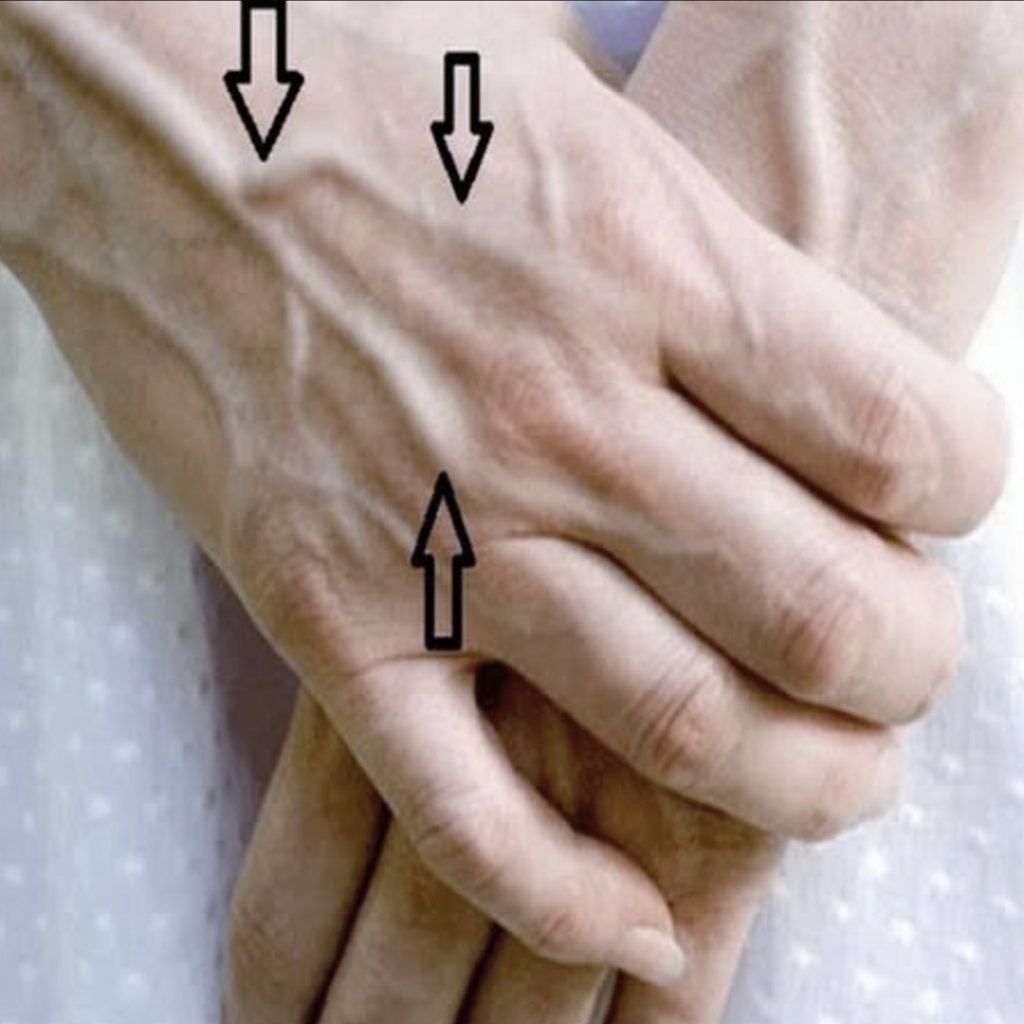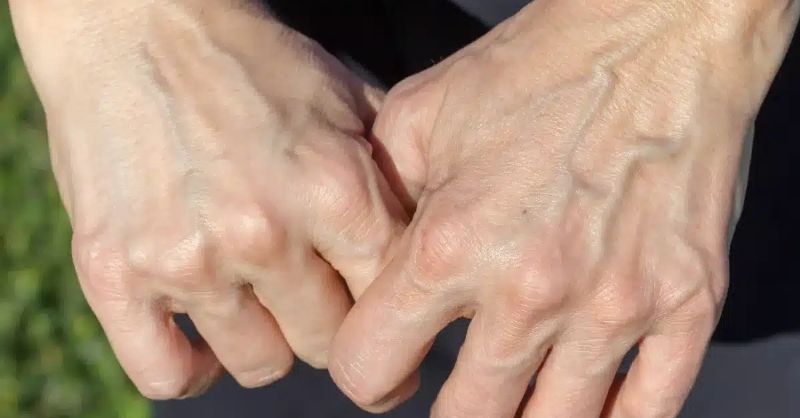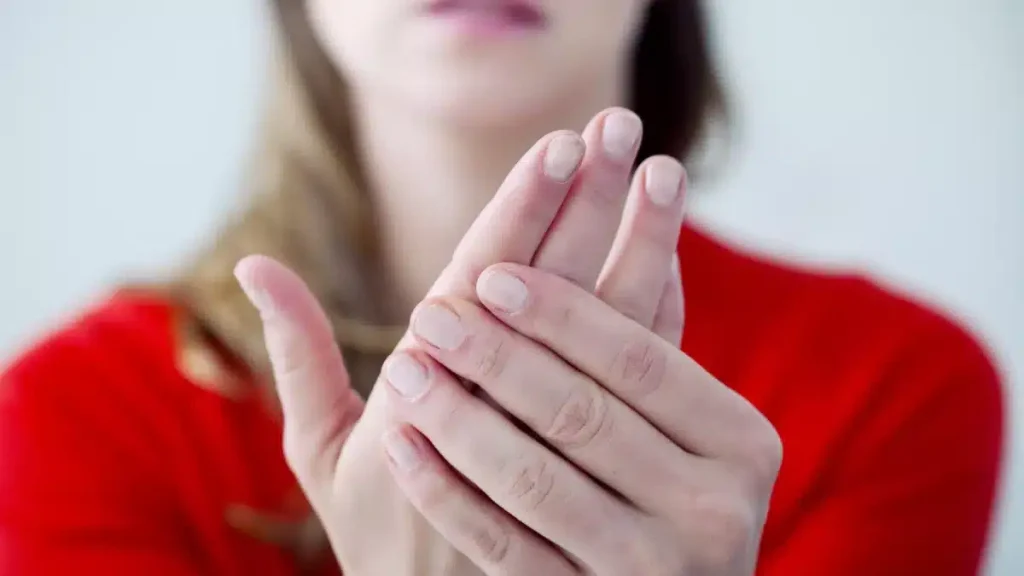
Suddenly noticing “blue veins” on your hands — either faint or very visible — can be a little alarming. But is it something to worry about? Let’s break it down.
When Visible Blue Veins Are Totally Normal

Noticing bluish veins, especially after working out or by the end of the day, often isn’t a cause for concern. Several natural factors can make veins more noticeable:
- Skin tone matters: If your skin is light or thin, your veins will naturally be more visible.
- Low body fat or aging: As we age or lose fat under the skin, veins become more prominent.
- Physical activity: Exercise causes veins to swell due to increased blood flow. Once you rest, they usually go back to normal.
- Pregnancy: More blood circulates during pregnancy, which can temporarily make veins more visible.
When Should You Be Concerned?

Sometimes, visible veins can signal a deeper issue — especially if they’re painful, swollen, or twisted.
- Pain or discomfort: If you feel aching or tension in your hands, it could indicate a venous issue, though varicose veins in the hands are rare.
- Bulging or twisted veins: If veins look unusually large or take on a zigzag shape, it’s best to see a doctor — even if there’s no pain.
Natural Ways to Reduce Visible Veins

If you want to lessen their appearance (and there’s no underlying medical issue), try these steps:
- Light exercise: Activities like walking, yoga, or swimming help boost circulation.
- Eat well: Choose foods rich in antioxidants like berries, leafy greens, and nuts. Stay hydrated and cut back on salt and sugar.
- Topical treatments: Creams with horse chestnut or red vine extract may strengthen vein walls. Massage gently from bottom to top.
Still Bothered by How They Look?
If visible veins really bother you, medical options like laser treatment or microsurgery exist. But only consider these with proper medical advice.